1. What is the most common color for Miniature Pinschers?
The most common color for Miniature Pinschers is black and tan. This classic and iconic coloration features a glossy black coat with distinct tan or rust markings above the eyes, on the cheeks, chest, and legs, and under the tail. The black and tan Miniature Pinscher is highly recognizable and popular due to its striking contrast and elegant appearance that adheres closely to the breed standard. The sharp delineation between the black and tan not only highlights the sleek, streamlined physique of the Miniature Pinscher but also accentuates its spirited expression and alert demeanor. This color variant is often sought after by potential dog owners and breeders because it represents the quintessential look of the breed, making it a perennial favorite in both show rings and homes.
2. Are blue and tan Miniature Pinschers rare?
Yes, blue and tan Miniature Pinschers are considered rare. The blue color in Miniature Pinschers results from a dilution gene that affects the black pigments in their coat, turning it into a unique blue or grey shade. This dilution also applies to the tan markings, which may appear lighter than in other color variants. Due to the genetic makeup required to produce this color, blue and tan Miniature Pinschers are less commonly seen than other colors. Additionally, this coloration is sometimes linked with health issues, such as skin conditions and alopecia, which can make breeding for this color more challenging. As a result, the rarity and unique appearance of blue and tan Miniature Pinschers make them particularly appealing to collectors and enthusiasts who seek distinctive-looking dogs.
3. Can Miniature Pinschers be pure white?
No, pure white is not a recognized color in Miniature Pinschers. While some Miniature Pinschers may appear to have a very light coat, such as cream or pale fawn, a completely white Miniature Pinscher is exceedingly rare and typically not desirable according to breed standards. The occurrence of a white Miniature Pinscher could be due to albinism or other genetic variations that are not standard for the breed. Breed standards usually specify the acceptable colors and markings, and white is generally not listed among these. Owners seeking a Miniature Pinscher in a lighter shade might consider cream or fawn, which are both recognized and still rare compared to the more common colors.
4. What causes the unique stag red coloration in Miniature Pinschers?
The unique stag red coloration in Miniature Pinschers is caused by the intermingling of red hairs with black ones, giving the coat a marbled or flecked appearance. This color variation is similar to what might be observed in the wild with deer, which is why it’s termed “stag” red. The genetic basis involves the distribution of pigments in the coat, where both red and black pigments are expressed. This results in a distinctive look that adds depth and complexity to the dog’s overall appearance. Stag red Miniature Pinschers are admired for their rugged beauty and the added dimension their coat color brings, making them standout participants in dog shows and favored by breed enthusiasts.
5. How does genetics influence the color of a Miniature Pinscher?
Genetics plays a crucial role in determining the color of a Miniature Pinscher’s coat. The color and pattern of their coat are inherited traits, controlled by multiple genes that dictate the presence and distribution of pigments in the fur. For instance, the presence of the black and tan coloring is due to a specific gene that dictates the distribution of black pigment with tan markings. Mutations or variations in these genes can lead to different colors, such as blue or chocolate, where there is a dilution or alteration in the typical black pigment. Additionally, some genes can cause a more unusual distribution of pigments, leading to patterns like stag red. Understanding these genetic factors is essential for breeders, particularly when aiming to produce dogs of a specific color or to ensure genetic health and diversity within the breed.
6. What are the challenges of breeding for specific colors in Miniature Pinschers?
Breeding Miniature Pinschers for specific colors can present several challenges. First, ensuring the purity of color while maintaining genetic health is paramount. Some colors, like blue or chocolate, are associated with specific genetic health issues, such as skin problems or alopecia. Breeders must be cautious to avoid perpetuating these conditions. Additionally, some colors require homozygous pairings for recessive traits, which can reduce genetic diversity and increase the risk of hereditary diseases. Ethical breeders must balance the desire to produce a specific color with the health and well-being of the dogs. Moreover, breeders need to adhere to breed standards that may disfavor certain colors, which limits the marketability of some color variants. Therefore, breeding for specific colors in Miniature Pinschers requires careful planning, extensive knowledge of genetics, and a commitment to the health of the animals.
7. Is there a color that is considered most desirable for show Miniature Pinschers?
For show Miniature Pinschers, the most desirable color is typically black and tan due to its striking contrast and adherence to the breed standards. This coloration showcases the breed’s characteristic physical traits and vibrant personality most effectively in a show setting. Judges often look for clear, well-defined markings, which are prominent in the black and tan variety. This color also reflects the historical appearance of the breed, adding to its appeal in competitive show environments. However, other colors like chocolate and rust or red can also do well in shows, provided they meet all other breed and conformation standards. Ultimately, while certain colors may be preferred, the overall structure, health, and temperament of the dog are equally important in competitive settings.
8. Do the colors of Miniature Pinschers change as they age?
Yes, the colors of Miniature Pinschers can change as they age. Puppies may be born with a darker or lighter coat that changes hue as they develop. For example, a blue Miniature Pinscher may start with a much darker coat that lightens as it matures. Similarly, red or stag red pups might deepen in color as they grow. The tan markings in black and tan or chocolate and rust Min Pins can also become more pronounced over time. These changes are typically due to the natural maturation process and changes in the hair follicles’ pigment production. Owners should expect some variation in color from puppyhood to adulthood, which is a normal part of the breed’s development.
9. How can I ensure that a Miniature Pinscher puppy will retain its color as it grows?
While there is no guarantee that a Miniature Pinscher puppy will retain its exact color as it grows, you can generally expect the basic coloration to remain the same, with possible variations in shade. To have an idea of how a puppy might look as an adult, it’s helpful to look at the parents, as genetics play a significant role in determining coat color. Purchasing a puppy from a reputable breeder who can provide genetic information and health clearances for the parents may also help predict how the puppy’s coat will develop. Additionally, proper nutrition and health care can ensure that the puppy’s coat remains healthy and vibrant, which can affect how its color is expressed as it matures.
10. Are there any health concerns associated with certain colors of Miniature Pinschers?
Certain colors of Miniature Pinschers, particularly dilute colors like blue and fawn (Isabella), are associated with specific health concerns. These colors can be linked to a genetic condition known as Color Dilution Alopecia, which can cause patchy hair loss and skin issues. The blue color is due to a dilution of the black pigment and can lead to a thinner coat and sensitive skin, making them more susceptible to dermatological problems. While not all blue or fawn Miniature Pinschers will experience these issues, potential owners should be aware of the possibility and seek puppies from breeders who perform appropriate health screenings. Regular veterinary check-ups can help manage and prevent skin problems in susceptible dogs, ensuring they lead healthy, comfortable lives.

 2 weeks ago
16
2 weeks ago
16
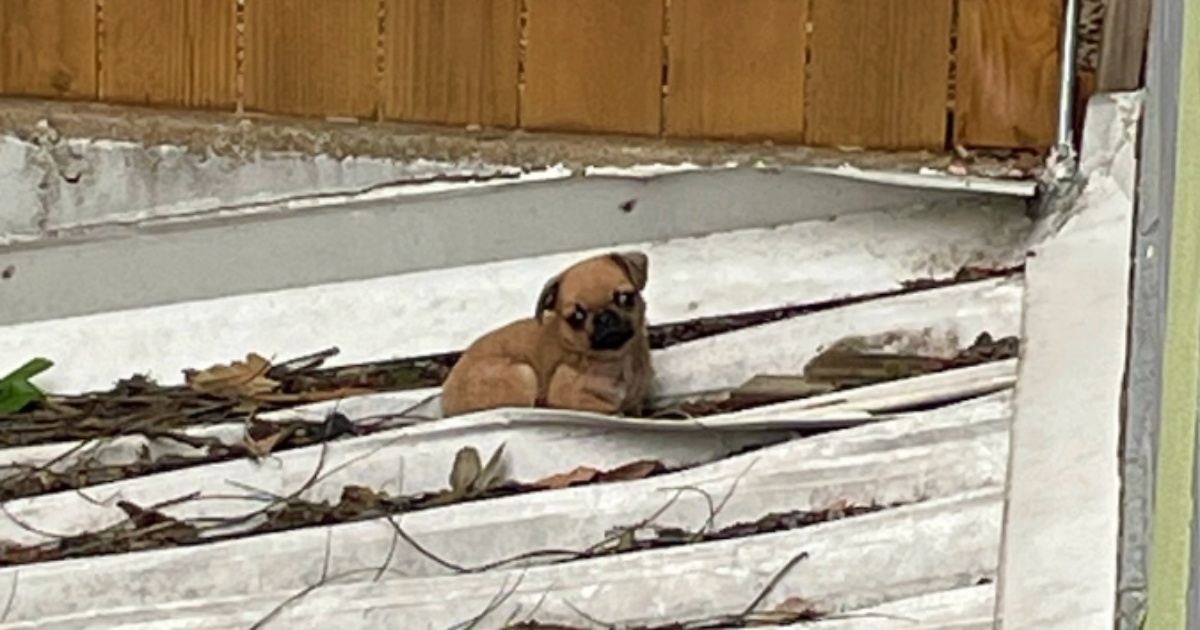
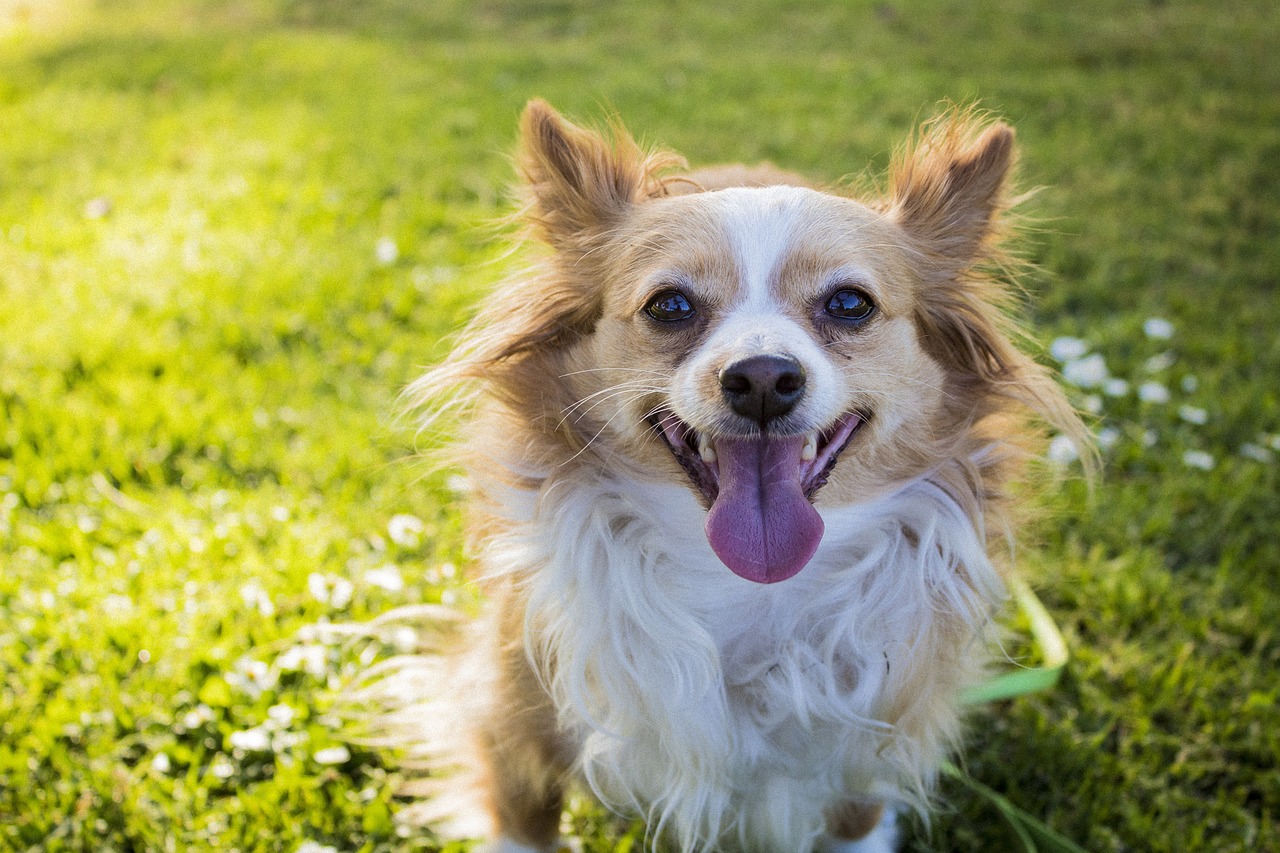
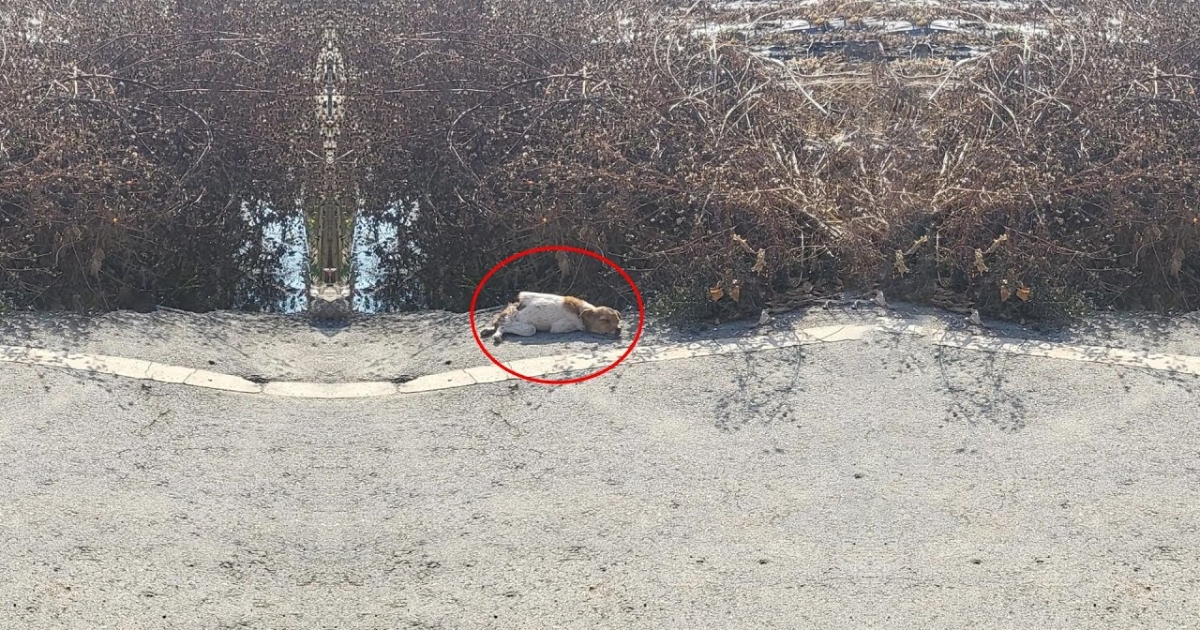
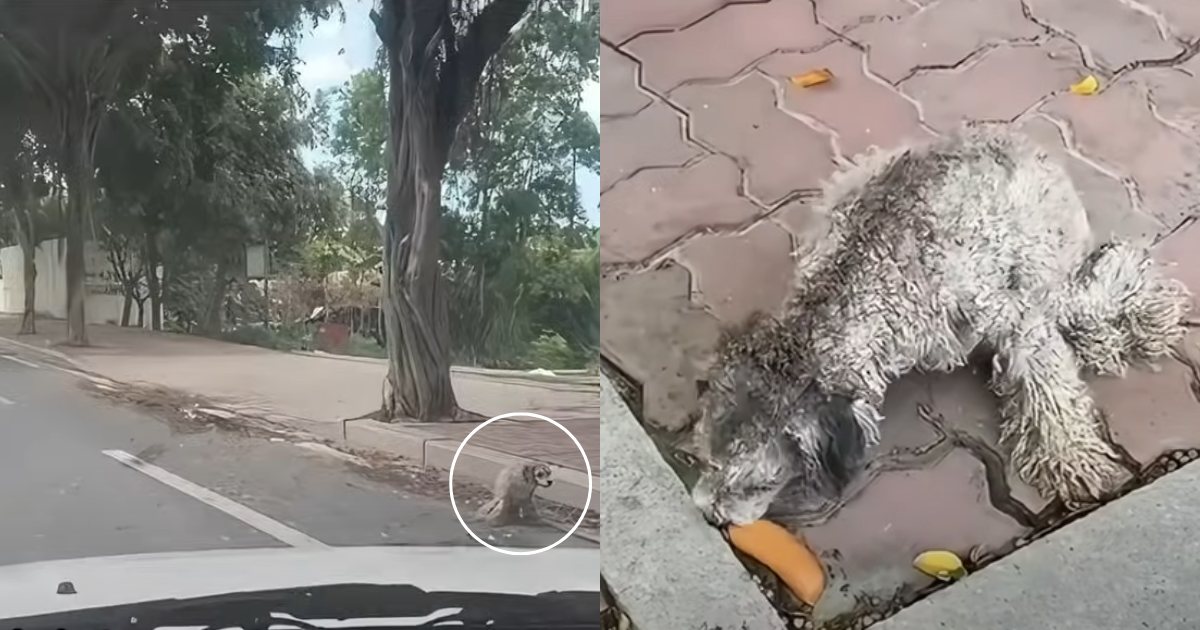

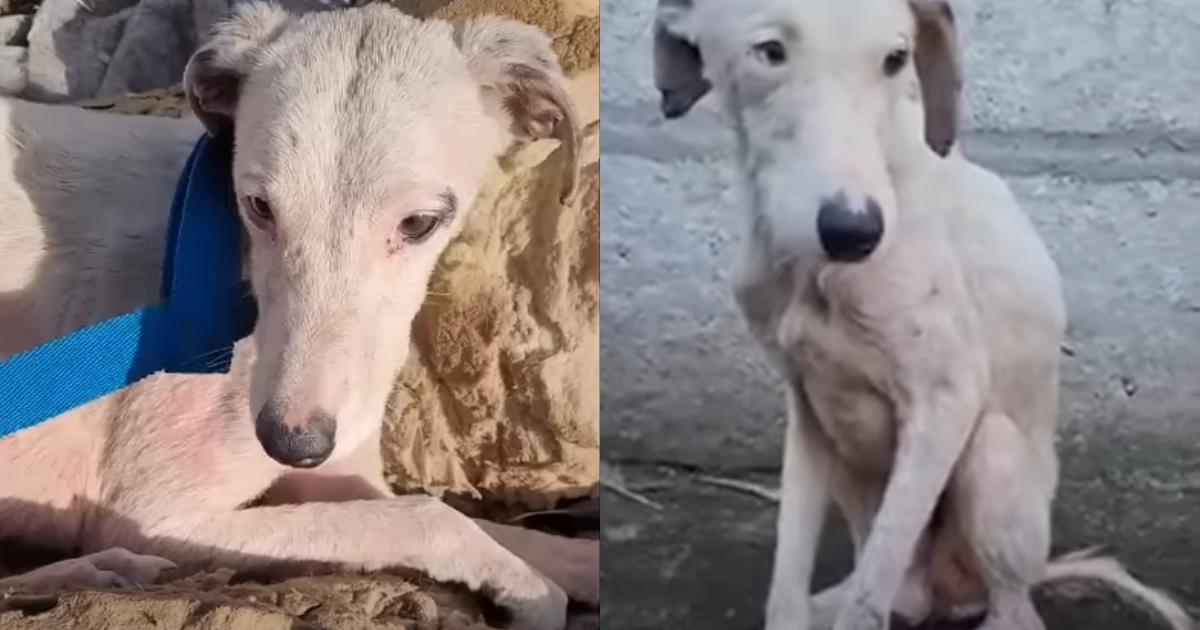
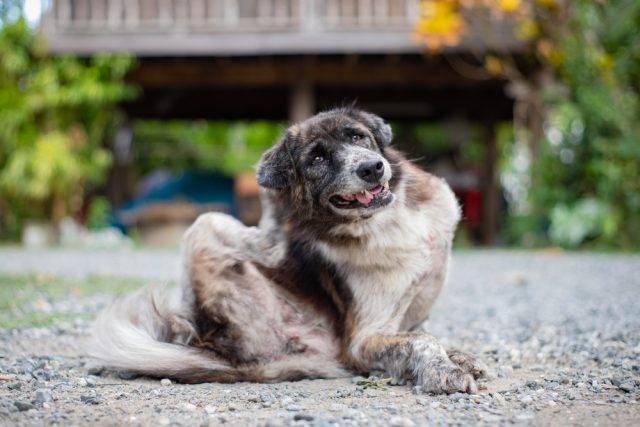
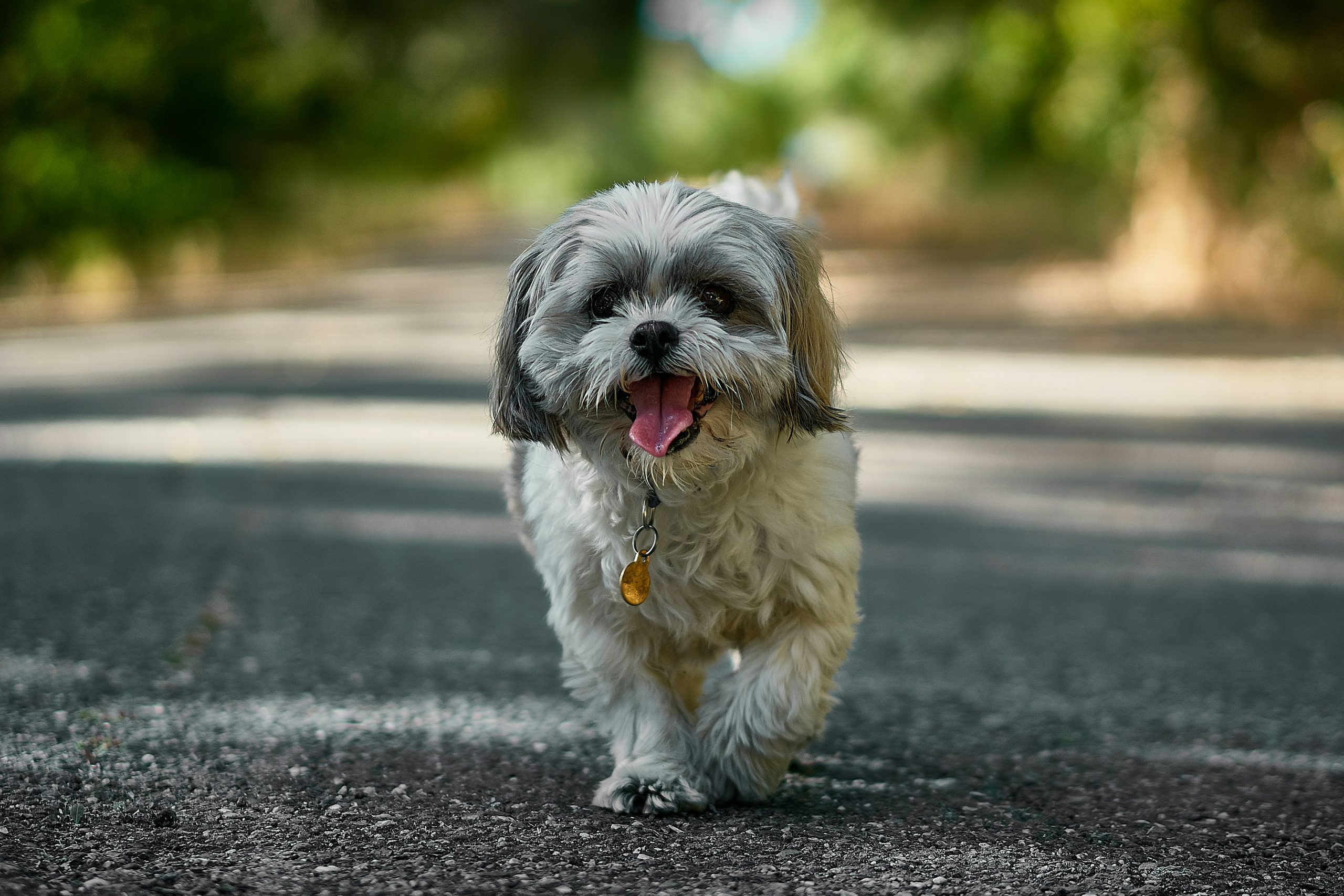
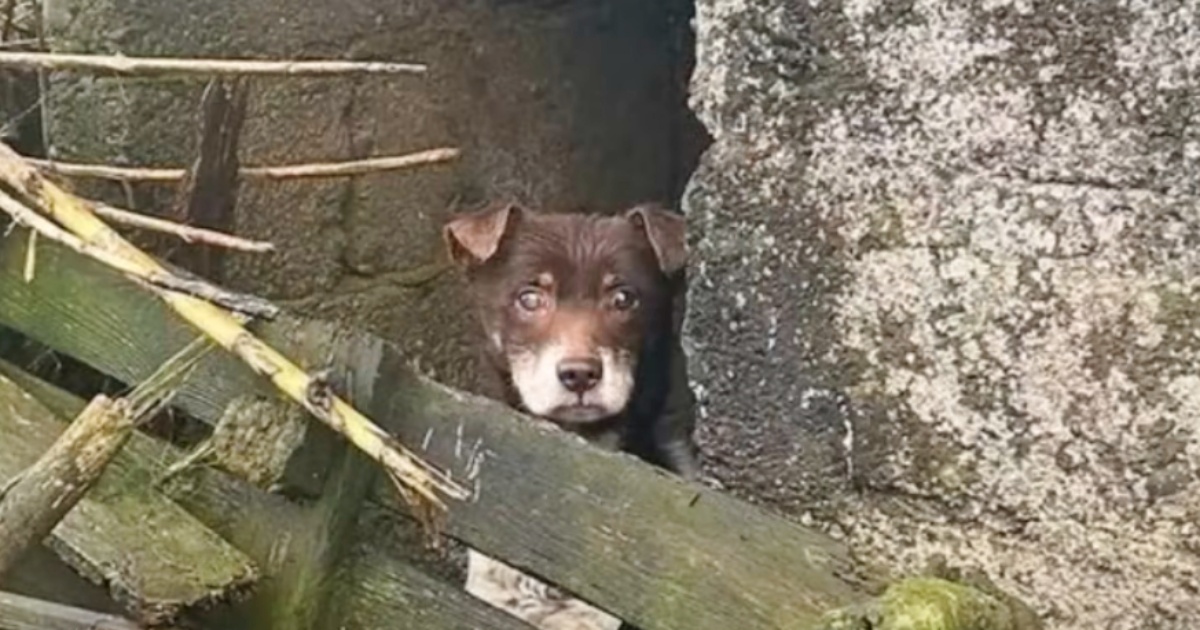
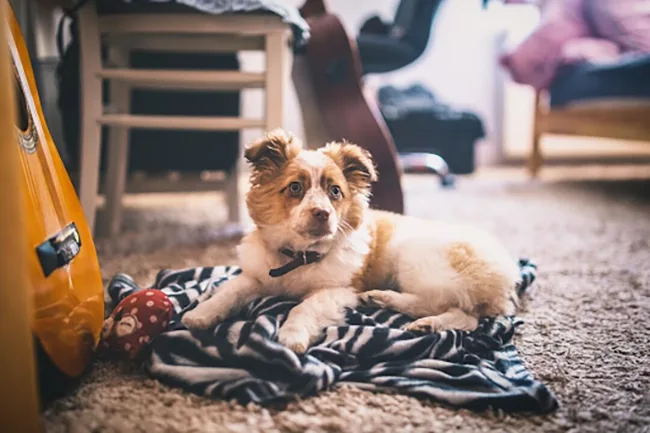
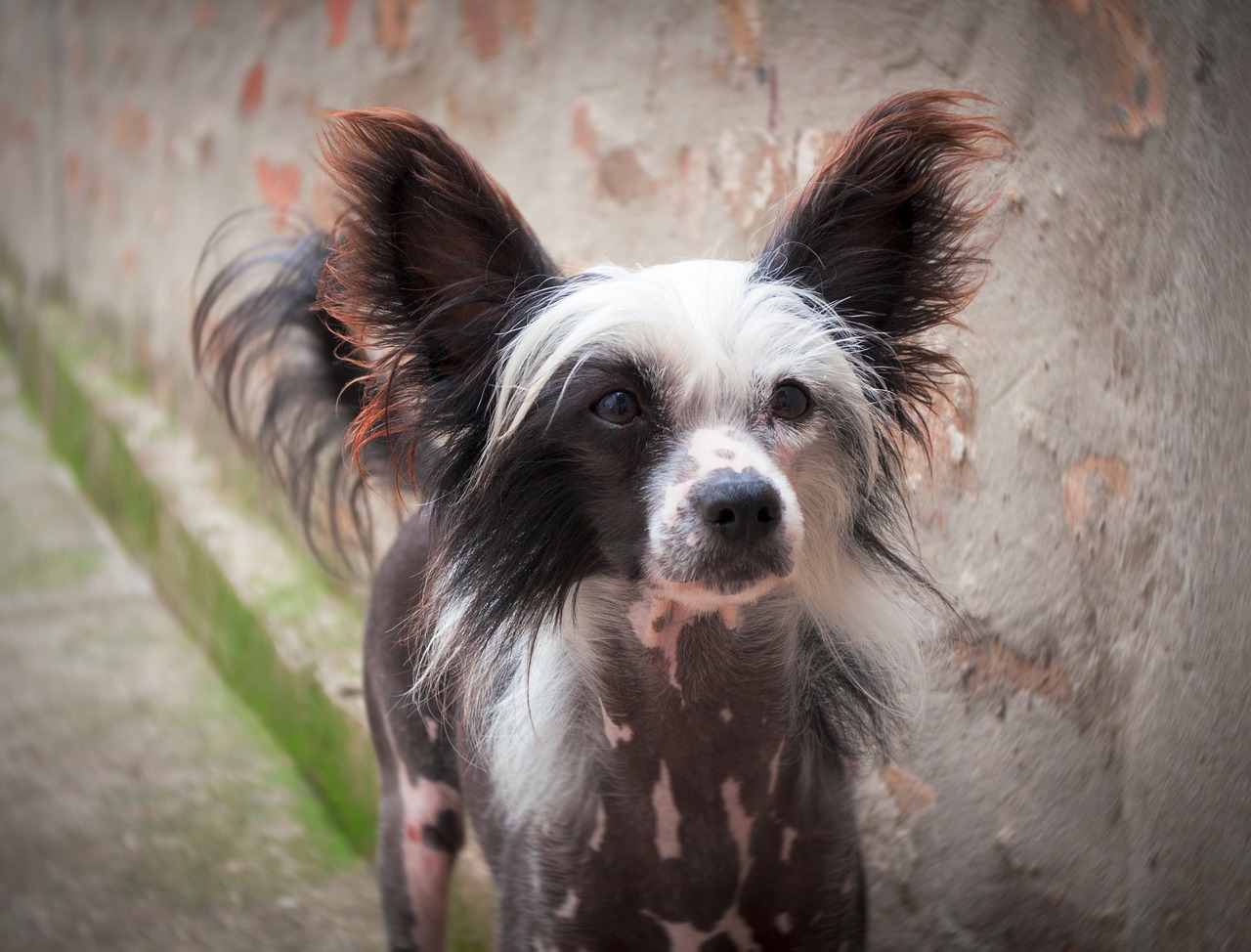


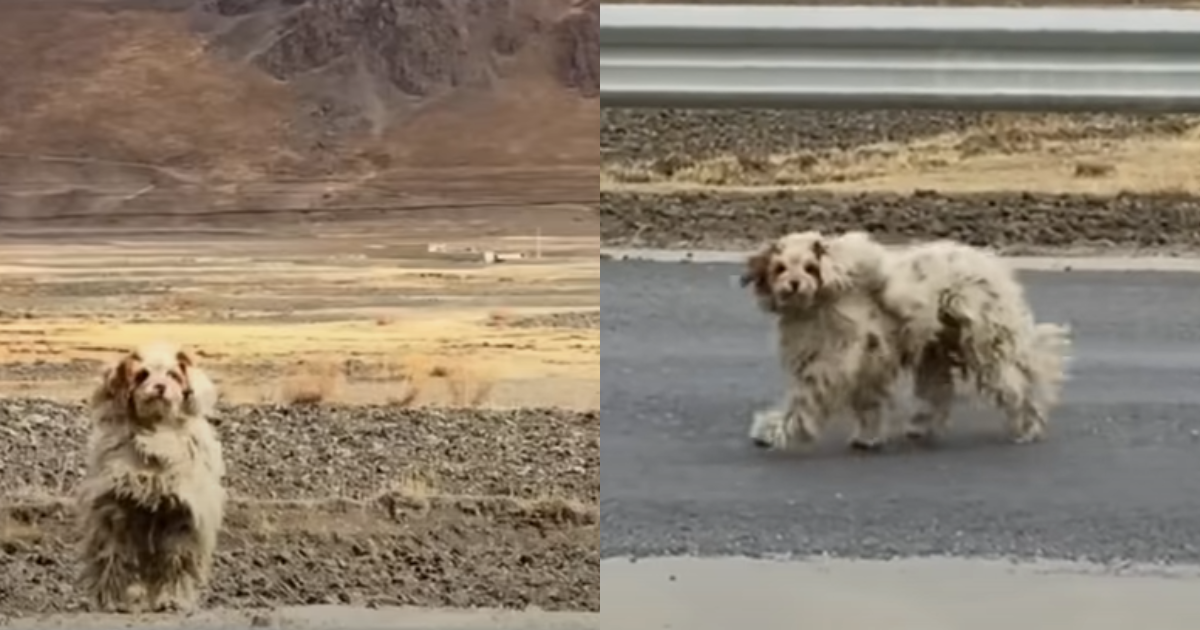
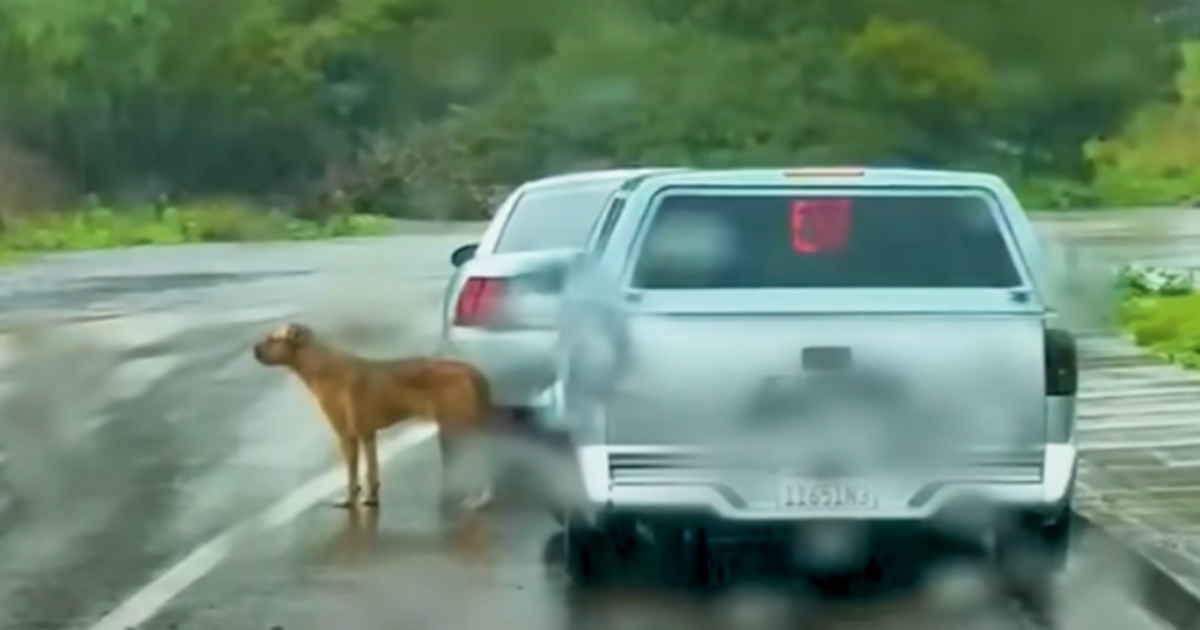
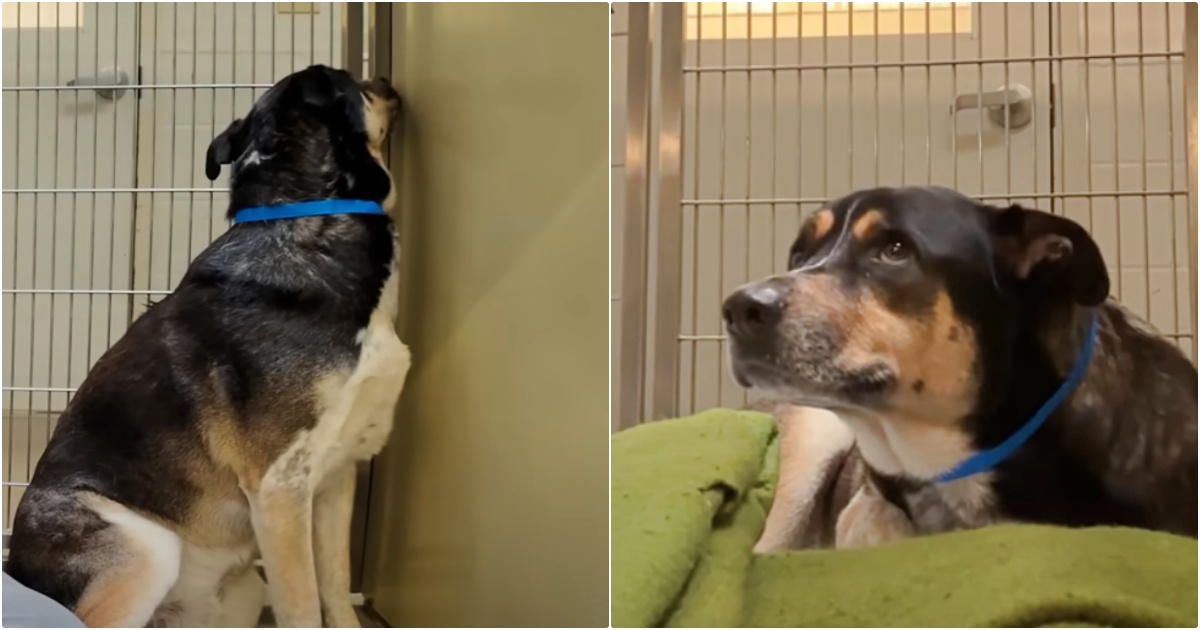
![Cost of a Borzoi Puppy by US Region [2024]](https://iheartdogs.com/wp-content/uploads/2024/04/borzoi-4950553_1280.jpg)
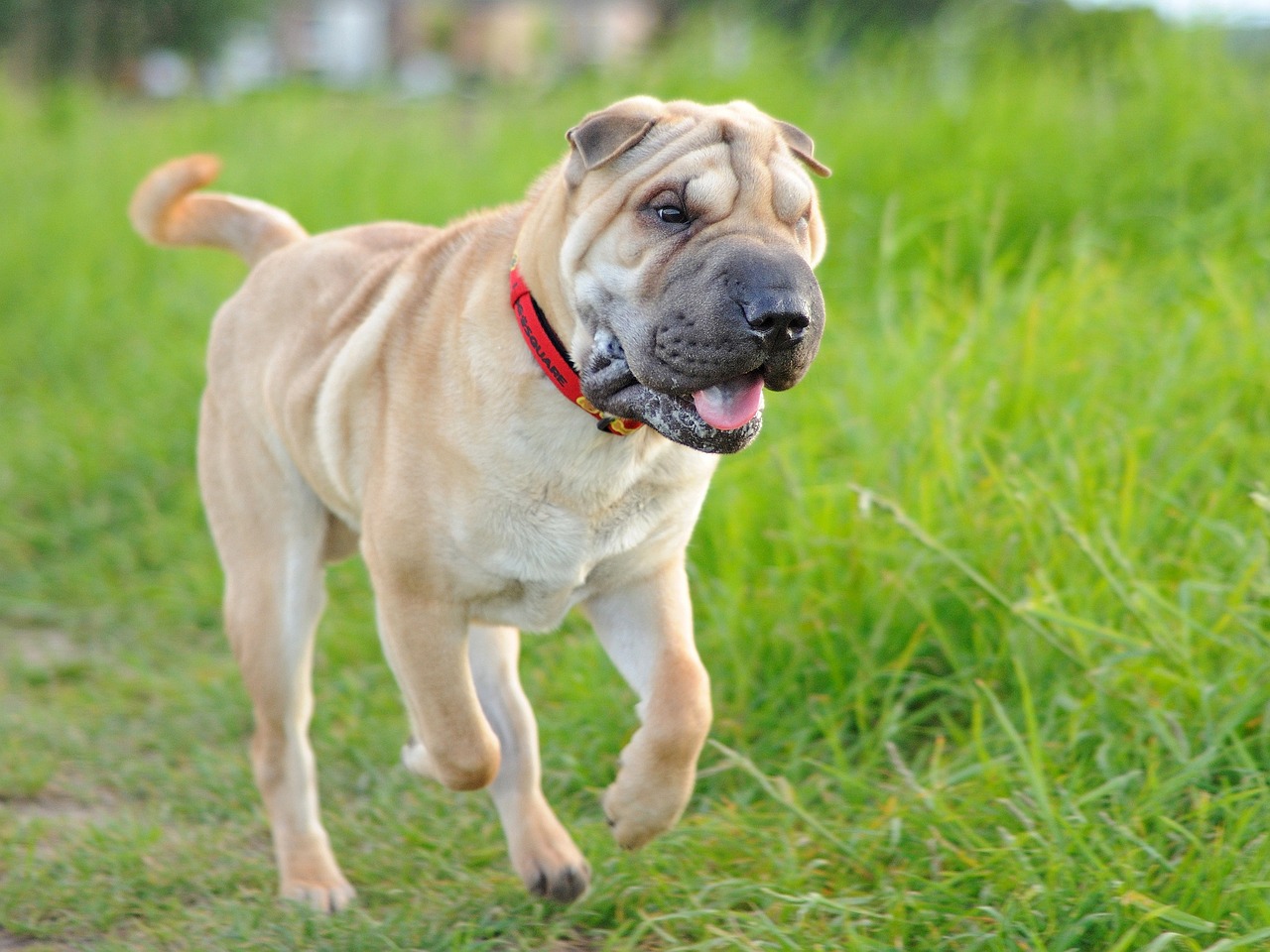
 English (US) ·
English (US) ·